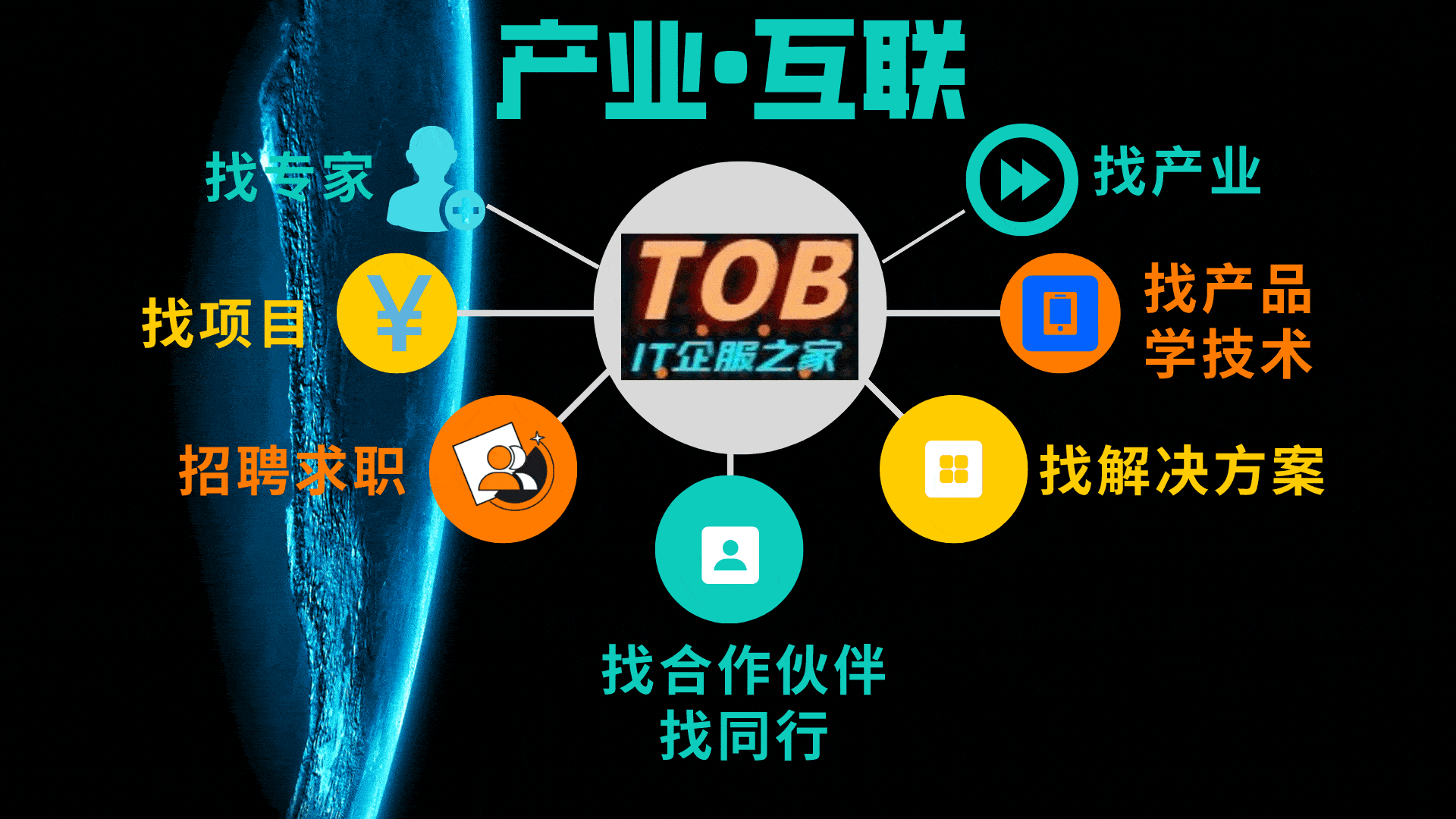k8s学习笔记-07(借助kubectl explain编写yaml文件) |
| |






 |手机版|qidao123.com技术社区-IT企服评测▪应用市场
( 浙ICP备20004199|
|手机版|qidao123.com技术社区-IT企服评测▪应用市场
( 浙ICP备20004199|![]() 浙ICP备20004199号 )|网站地图
浙ICP备20004199号 )|网站地图
GMT+8, 2025-10-25 04:37 , Processed in 0.082631 second(s), 31 queries .
Powered by Discuz! X3.5 Licensed
© 2001-2025 Discuz! Team.